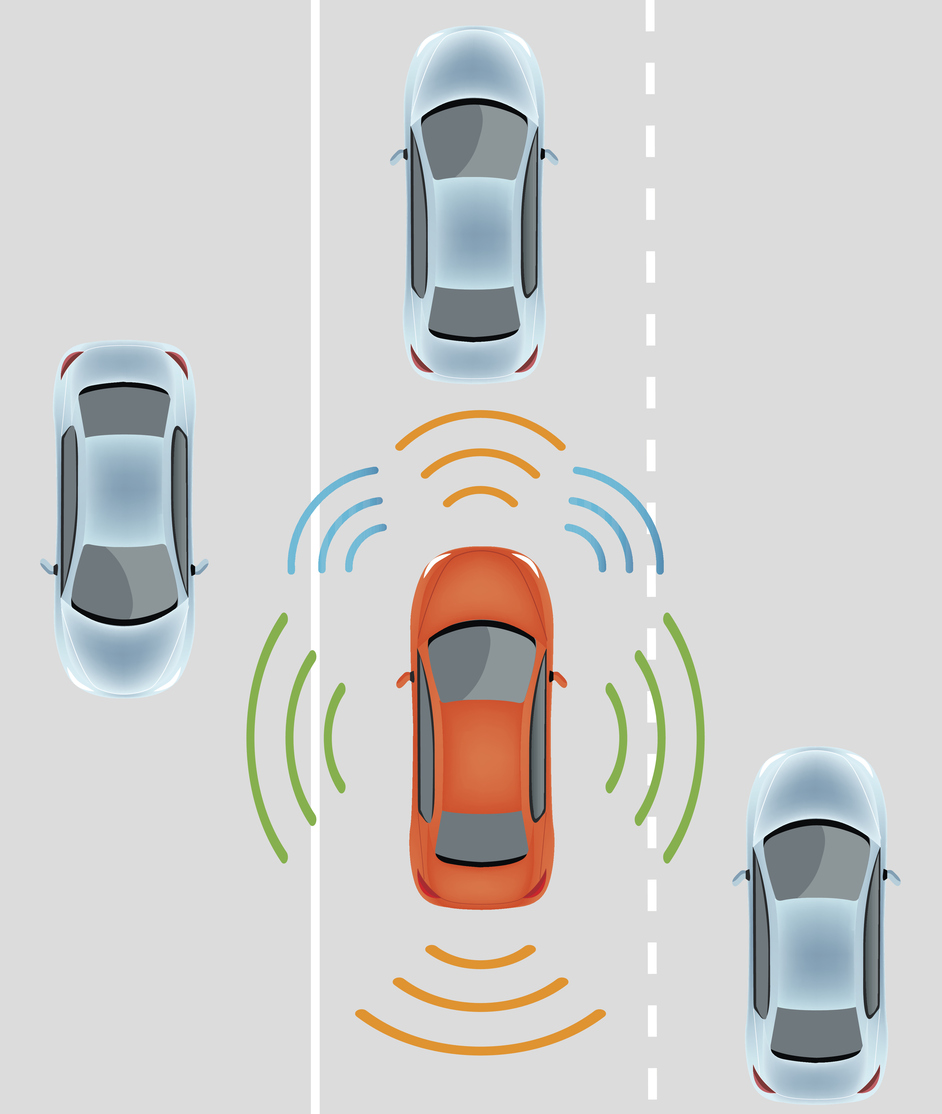 Graduate students in the U.S. are fighting the House Republican proposed tax plan, demonstrating protests and walk-outs in more than 40 universities across the country on Wednesday, November 29.
Graduate students in the U.S. are fighting the House Republican proposed tax plan, demonstrating protests and walk-outs in more than 40 universities across the country on Wednesday, November 29.
The current bill, which passed the House this month, includes a provision that would turn tuition waivers into taxable income. Students and economists alike state that such a provision would make continuing education unaffordable and inaccessible to many.
For many students pursing a PhD, tuition waivers and stipends are essential in making such a degree affordable. In return for taking up a position as a teaching assistant, fellow, or as a research assistant in a lab, graduate student receive a small stipend to support themselves, which Forbes estimates falls anywhere between $20,000 and $30,000 per year. Additionally, students receive tuition waivers ranging from $12,000 to $50,000 per year (depending on the university), which are paid directly by the university to the university on the student’s behalf. While students pay taxes on the stipend, the tuition waiver is non-taxable income that never even passes through the student’s hands.
The new GOP tax plan could change all of that.


 A team of researchers from the Joint Center for Energy Storage Research is taking a potential major step toward developing energy dense, safe solid state magnesium-ion batteries.
A team of researchers from the Joint Center for Energy Storage Research is taking a potential major step toward developing energy dense, safe solid state magnesium-ion batteries. Submission Deadline: December 26, 2017
Submission Deadline: December 26, 2017 A
A  In early November, a
In early November, a  A nanoparticle that can help clean water of cadmium becomes toxic once taking in the metal. But research finds that organic matter, in this case from algae, reduces that toxicity.
A nanoparticle that can help clean water of cadmium becomes toxic once taking in the metal. But research finds that organic matter, in this case from algae, reduces that toxicity. The aviation industry produces
The aviation industry produces  Researchers have traced the paths of three water channels in an ancient photosynthetic organism—a strain of cyanobacteria—to provide the first comprehensive, experimental study of how that organism uses and regulates water to create energy.
Researchers have traced the paths of three water channels in an ancient photosynthetic organism—a strain of cyanobacteria—to provide the first comprehensive, experimental study of how that organism uses and regulates water to create energy.